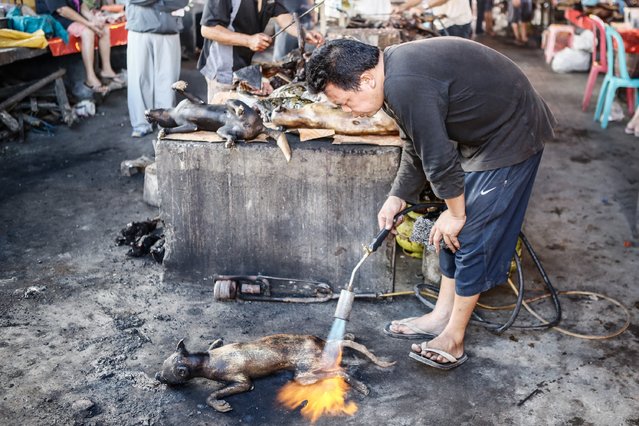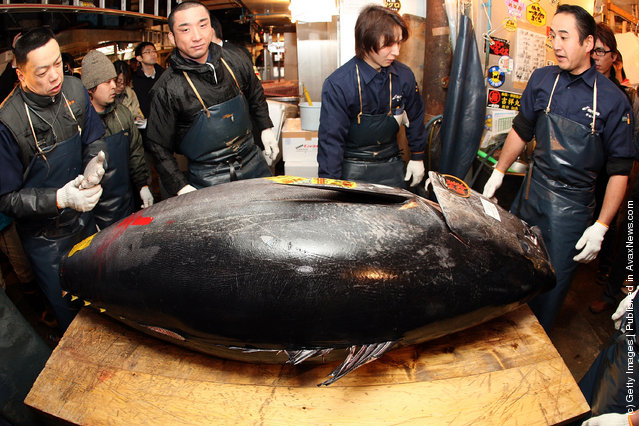
A man roasts dog at Langowan traditional market on August 9, 2014 in Langowan, North Sulawesi. The Langowan traditional market is famous for selling a variety of extreme food such as dogs, bats, rats, wild boar, and snakes. (Photo by Putu Sayoga/Getty Images)
14 Aug 2014 11:26:00,post received
0 comments







